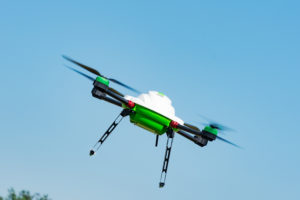Drone School Operations
We spent some time analyzing how the training activities are performed to understand all problems training organization are face today.
What we discovered is:
- Drones flying schools usually plan intense flying activity during the whole day.
- Most of the operations are done with Instructor/Student dual RC controller connected with cable constraining mutual I/S positions.
- Flying practice is done giving student complete control of all 4 drone axis.
- One drone is used for all flying practice, always with the same performance (usually “entry-level” drones are the preferred).
- Usually, the drone used for training is very much different from the unit the student is likely to purchase for professional operations, creating a big gap for the novice pilot when piloting his own professional drone.
- There is no changes in drones response and performance from initial activity to final missions flown.
- Drone remains at the same takeoff weight for the whole training.
- Battery management involves numerous time consuming interactions.
- Different control modes are never or rarely tested (GPS denied ops, pure attitude control, compass loss…).
- Emergency conditions are never or rarely simulated.
- Student evaluation and scoring is usually done on instructor evaluation that is usually not based on “real measurement”.
- Maintenance/Repair is usually done sending the drone back in RMA, requiring the school to purchase a second backup unit.
On top of all previous points, we must remember that:
reliability and safety are not negotiable features !




